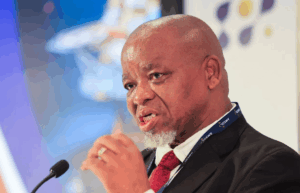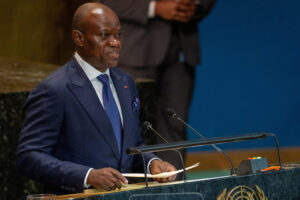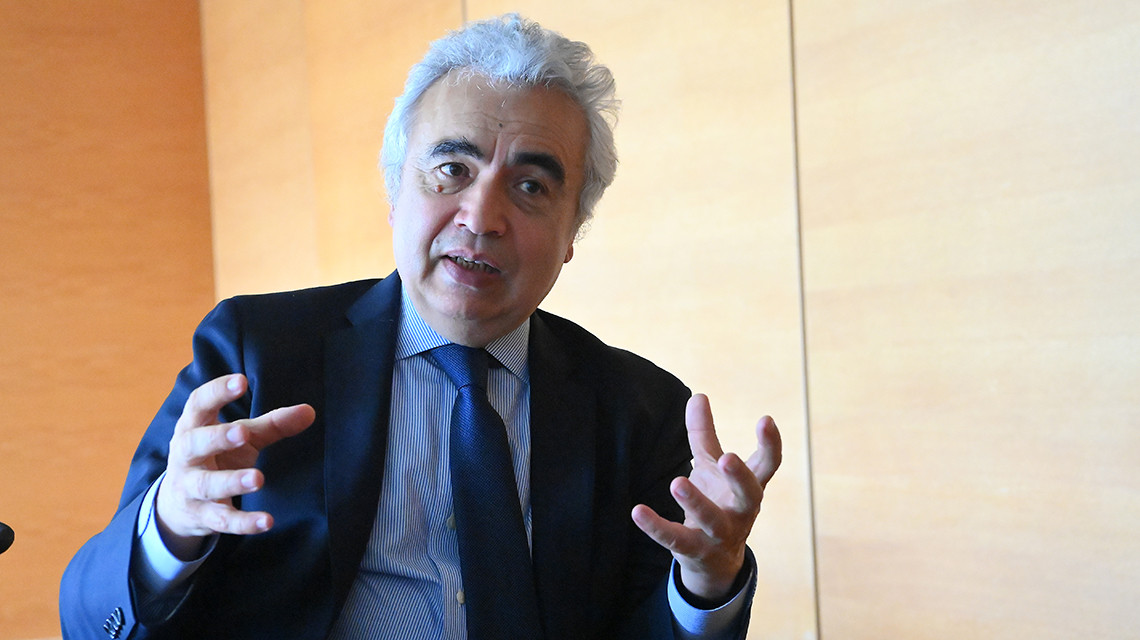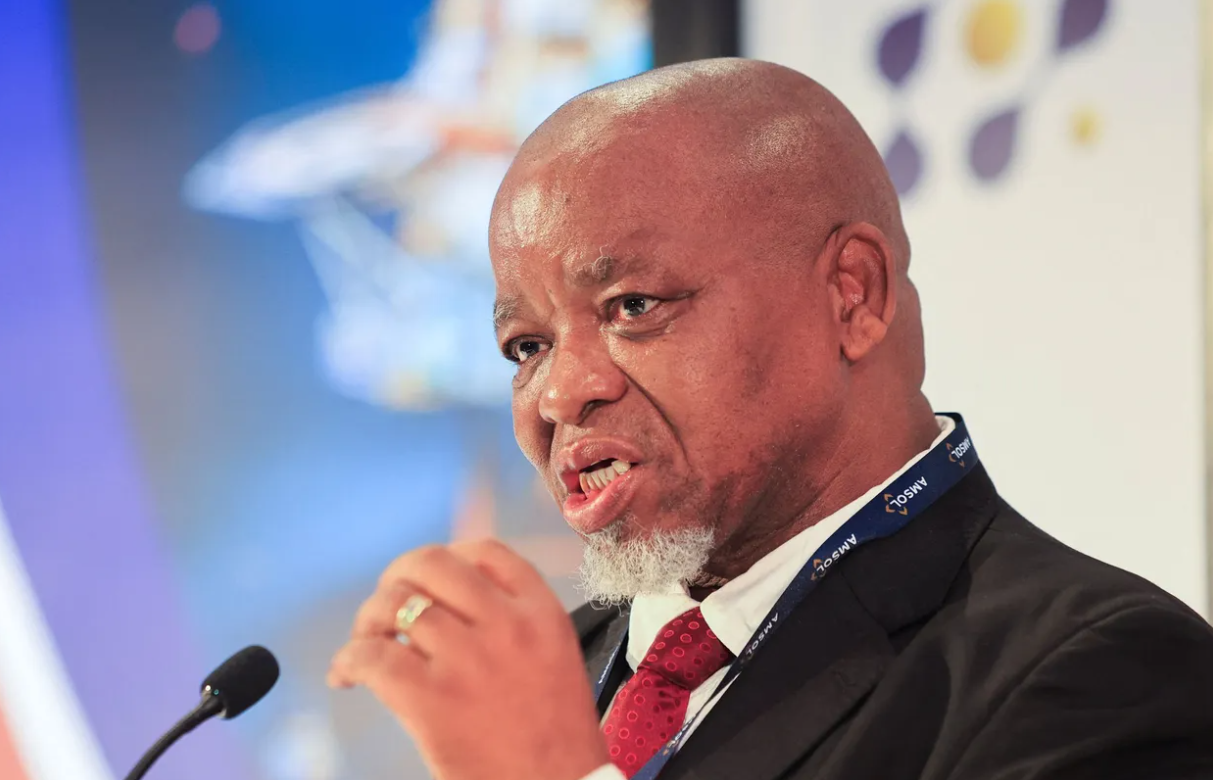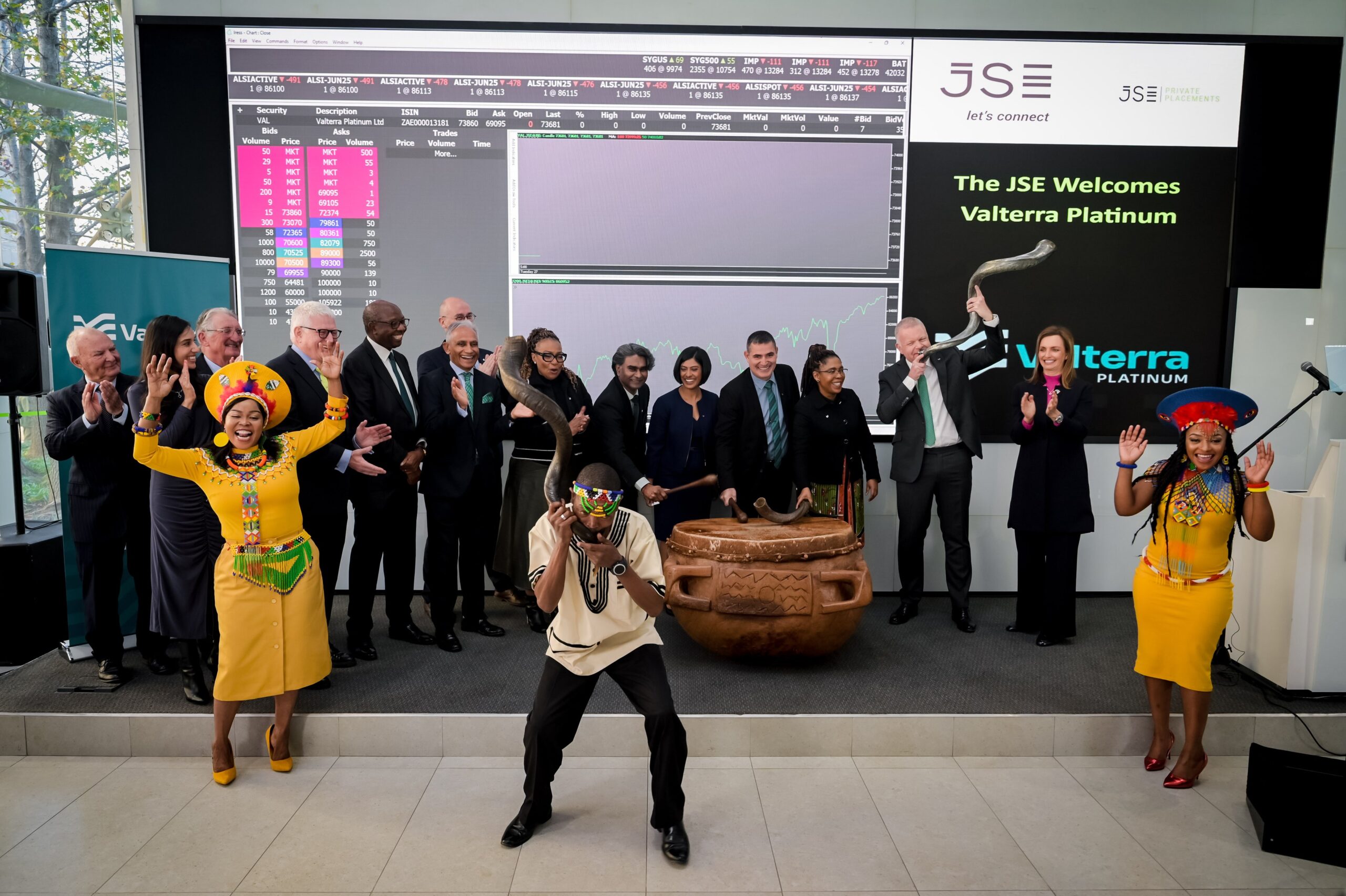IEA Executive Director Fatih Birol: BRICS Nations Prioritise Coal for Domestic Stability
The latest International Energy Agency (IEA) World Energy Investment Report (2025) reveals a global energy landscape in flux. While record investments surge into clean energy, a crucial nuance is the continued, even expanding, role of coal in major economies like China and India. For energy-scarce South Africa, a significant coal producer and fellow BRICS nation, these global trends present a compelling case for a recalibrated domestic energy strategy.
The IEA projects global energy investment will hit a record $3.3 trillion in 2025, with clean energy attracting double the capital of fossil fuels. Yet, China and India are conspicuously doubling down on coal-fired power for domestic needs, driven by energy security and industrialization. China alone green-lit nearly 100 gigawatts of new coal plants in 2024. As the world’s most populous nations and South Africa’s key BRICS partners, their pragmatic approach to securing reliable, baseload power offers a vital blueprint for nations facing similar development imperatives.
“Amid the geopolitical and economic uncertainties that are clouding the outlook for the energy world, we see energy security coming through as a key driver of the growth in global investment this year to a record $3.3 trillion as countries and companies seek to insulate themselves from a wide range of risks,” said IEA Executive Director Fatih Birol.
South Africa’s Grid: A Paradox of Abundance and Scarcity
South Africa presents a paradoxical energy reality: holding over 200 years of coal supply, a resource historically foundational to its growth, yet crippled by chronic load shedding that decimates jobs and stifles investment. The urgent need for a stable supply, including new power stations, is further underscored by escalating demand from high-power consumption sectors like data centers.
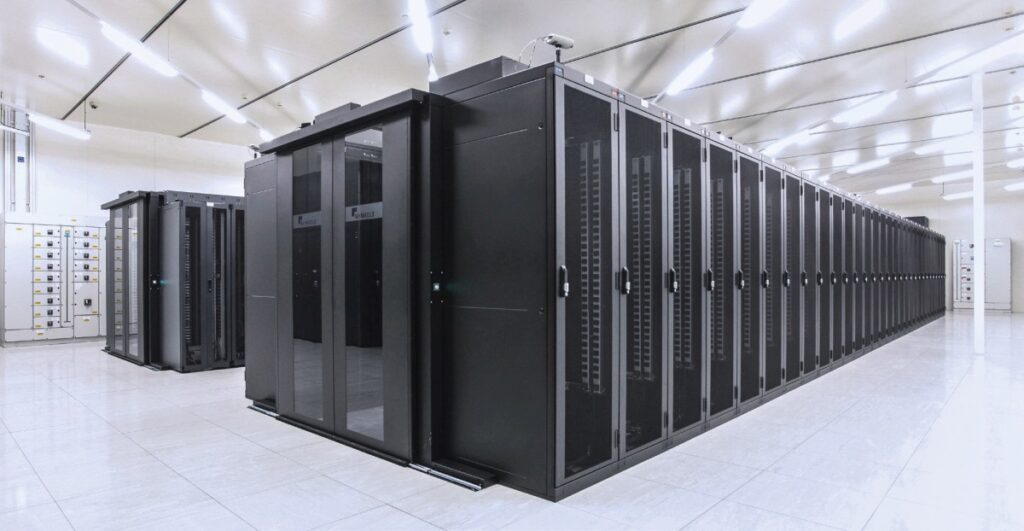
The escalating demand from new high-power consumption sectors like data centers further strains the grid’s existing vulnerabilities, underscoring the urgent need for a stable and reliable electricity supply. This challenge forces significant operational compromises on businesses vital for the digital economy.
As Biscay Mulaudzi, MD of new cloud services operator Gole Cloud, lamented during a recent strategy session, “Energy is a critical challenge. We have resorted to major investment in generators to keep our data centers up and running, as we simply cannot rely on intermittent renewable sources for the constant, high-quality power our operations demand.”
However, while facing de-industrialisation and chronic unemployment, the path forward appears conflicted. Energy Minister Ramokgopa recently indicated that the Integrated Resource Plan (IRP) for 2025, currently under review by NEDLAC, proposes an energy mix of wind, solar, gas, and storage, while also exploring life extensions for five of Eskom’s aging coal power plants beyond 2030. This strategy stands in sharp contrast to its BRICS partners: nations like China and India are actively building vast new coal capacity to secure their energy futures, whereas Eskom is constrained to merely prolonging the life of its existing fleet.
This represents a significant economic opportunity cost for South Africa. Its coal sector alone employs 91,000 people and contributes over R200 billion annually in seaborne exports, yet the nation struggles for power at home. For instance, while Eskom operates 15 coal-fired power stations with 45,310 MW, this capacity pales in comparison to its BRICS allies, with China exceeding 1,200,000 MW and India over 215,000 MW of coal-fired power.
“Today, China is by far the largest energy investor globally, spending twice as much on energy as the European Union – and almost as much as the EU and United States combined”, IEA’s Birol added.
Learning from Allies: Combating Malfeasance in Power Infrastructure
Though South Africa’s last coal power plant builds were unfortunately riddled with corruption and malfeasance, there’s a compelling argument that leveraging the rapid deployment models used by its BRICS partners could be a catalyst for eradicating such issues. In China and India, the swift development of new coal capacity, often led by robust State-Owned Enterprises (SOEs) like China Huaneng Group and India’s NTPC Limited, demonstrates distinct efficiency.
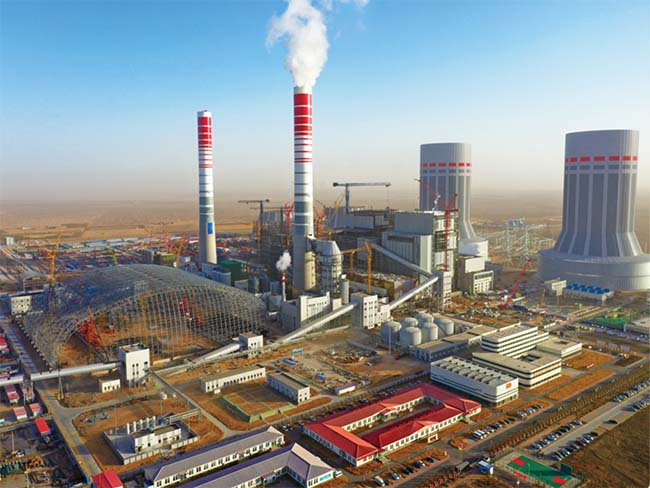
By engaging these experienced developers or rigorously adopting their best practices in standardised design, transparent supply chain management, and stringent metrics, South Africa could potentially bypass past governance failures. This strategic pivot aims to not just build power stations, but to rebuild trust and efficiency in national infrastructure.
The Intermittency Challenge: Why Dispatchable Baseload Remains Indispensable
South Africa has made commendable strides with renewable energy through the REIPPPP, attracting substantial investment. However, while renewables are increasingly least-cost, they suffer from intermittency. Solar panels only generate when the sun shines, wind turbines only when the wind blows. This vulnerability is not theoretical; experiences in the Iberian Peninsula, the UK, and parts of the United States have demonstrated that reliance solely on intermittent renewables can lead to grid instability and blackouts.
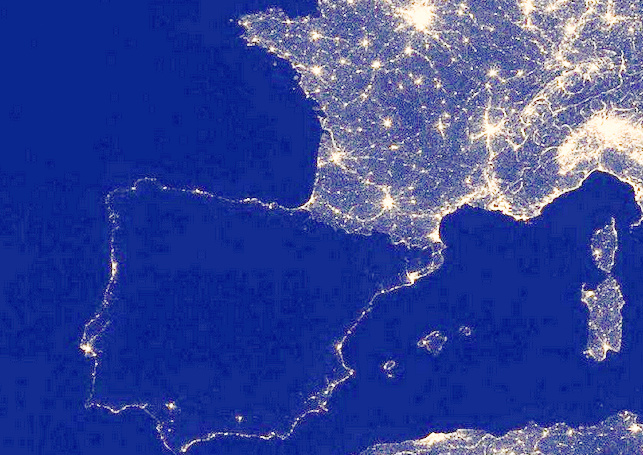
UK Reform leader Nigel Farage, a vocal critic, notably stated, “If we carry on with net zero lunacy the lights are going to go out here too.”
Unlocking Domestic Potential: Leveraging South Africa’s Coal Value Chain for Growth
For a nation desperate to re-industrialise and provide stable power for factories, mines, businesses, and data centers, consistent, dispatchable baseload is non-negotiable. This is precisely why China and India continue to invest in coal.
Furthermore, South Africa’s established coal value chain, with its deep skills and infrastructure, supports hundreds of thousands of jobs. Merely exporting this vital resource, while the domestic economy languishes in darkness, represents a significant opportunity cost. Strategically leveraging this abundant resource for domestic power generation could immediately stabilise the grid, reduce industrial costs, and provide a much-needed foundation for economic recovery and job creation.
As BRICS partners demonstrate a strategic balance between clean energy ambitions and immediate energy security through diversified investments, South Africa faces a critical juncture. Rather than solely exporting its vast coal reserves, there is a compelling argument for a carefully managed, strategic investment in its own coal-fired generation capacity. This approach would allow the nation to harness its inherent energy wealth to stabilise its grid, drive industrial growth (including emerging high-demand sectors), and safeguard livelihoods, effectively balancing its long-term Just Energy Transition goals with the pressing demands for jobs and sustainable domestic prosperity.
Editorial Opinion: Lloyd Nedohe E: info@esgfrontiers.co.za




